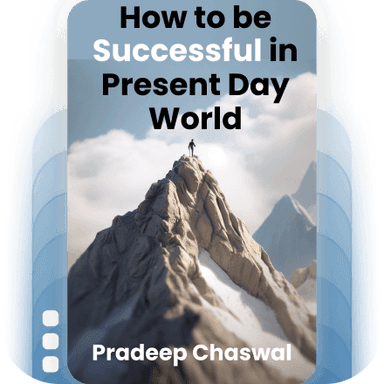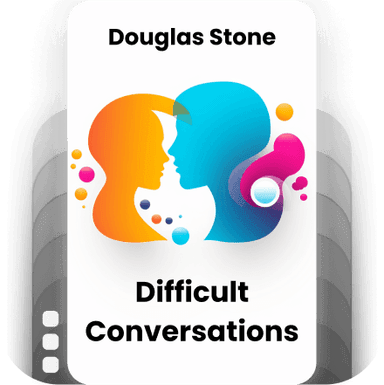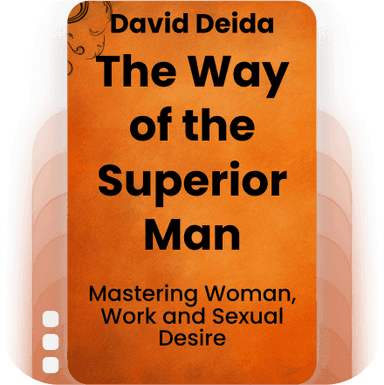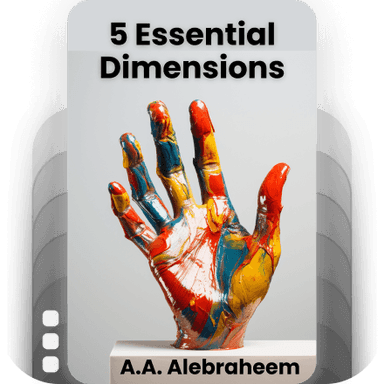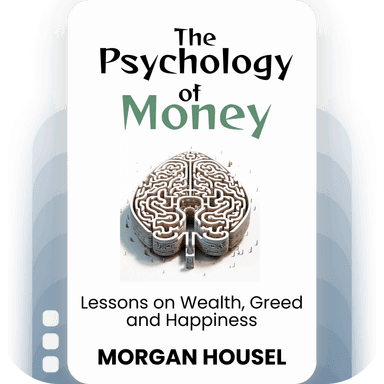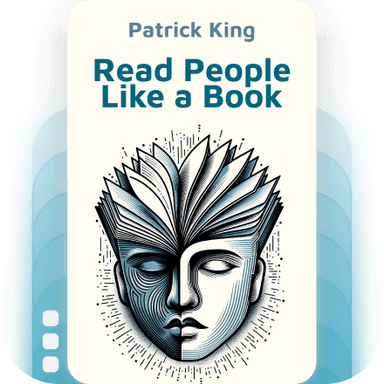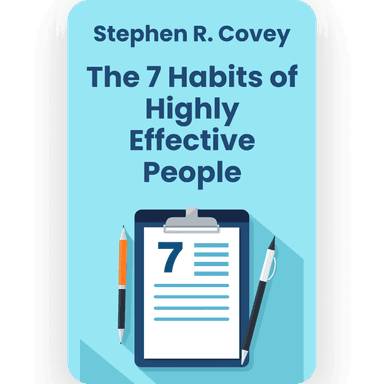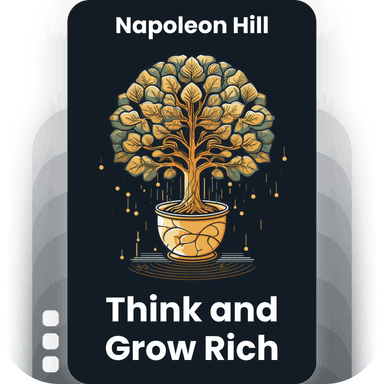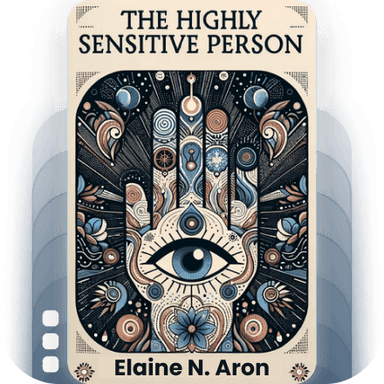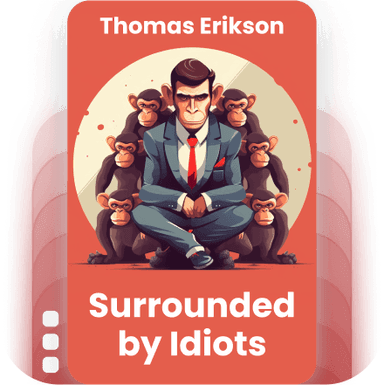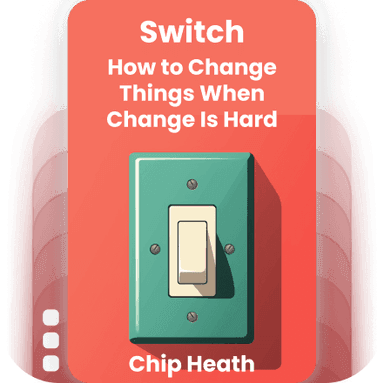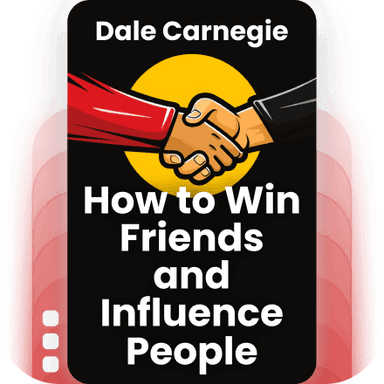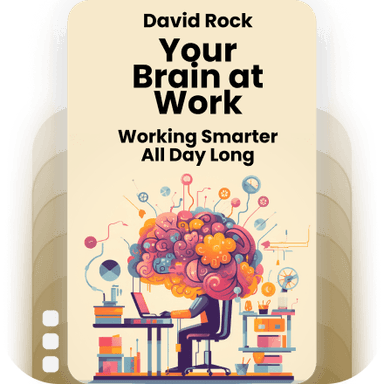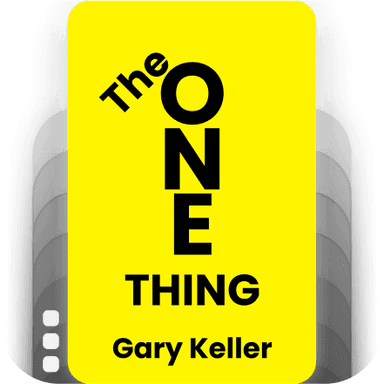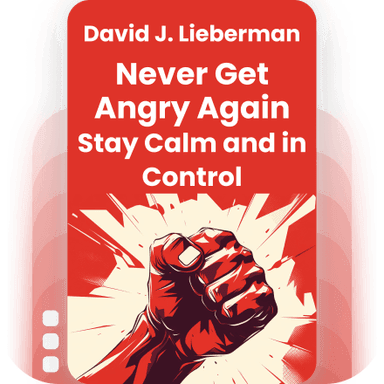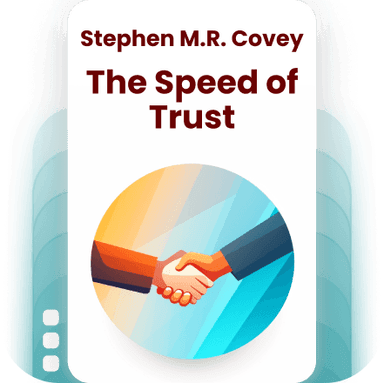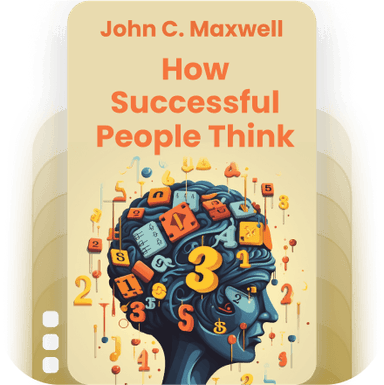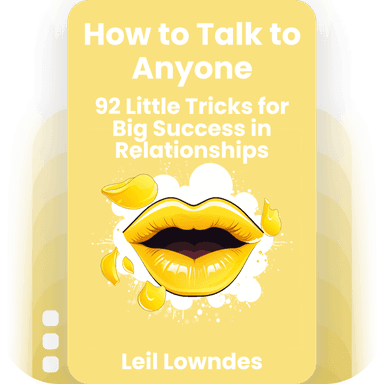
Thinking, Fast and Slow
Daniel Kahneman
4.2 - 5 ratings
10
List Points
10
Chapters
5
Topics
Description
Daniel Kahneman, a renowned psychologist and Nobel laureate, delves into the dual systems of human thought in his groundbreaking work. He explains that our thinking operates on two levels: the fast, intuitive, and emotional System 1, and the slow, deliberate, and logical System 2. By uncovering how these systems shape our judgments and decisions, often leading to cognitive biases and errors, Kahneman offers profound insights into the complexities of the human mind and provides practical guidance for improving decision-making processes in both personal and professional contexts.
What will you learn?
In this insightful exploration of the human mind, Daniel Kahneman delves into the dual systems that drive our thoughts and decisions: the fast, intuitive, and emotional System 1, and the slow, deliberate, and logical System 2. Readers will gain a profound understanding of the biases and errors in judgment often resulting from the rapid responses of System 1, and how to harness the analytical strength of System 2 for better decision-making. By examining the interplay between these two systems, readers will learn to recognize and mitigate cognitive biases, improve critical thinking, and make more informed, rational choices in everyday life.
Who’s it for?
• Individuals interested in human psychology and cognitive processes.
• Professionals in the fields of finance, economics, and business strategy.
• Students and researchers in behavioral science.
• Decision-makers and leaders seeking to improve judgements and reduce biases.
• General readers curious about the science behind thinking and decision-making.
Categories
Key Learning
Available chapters to listen for this topic- 1
Understanding the Two Systems of Thinking
Explore the dual-process theory that forms the basis of our cognition, featuring System 1, which is fast, intuitive, and emotional, and System 2, which is slower, more deliberate, and logical. - 2
Anchors and Priming in Decision-Making
Delve into how external cues and initial information (anchors) can unconsciously influence our judgments and decisions, often without our awareness. - 3
The Influence of Heuristics on Intuition
Examine the mental shortcuts that System 1 uses to make quick decisions, such as the availability heuristic, representativeness heuristic, and affect heuristic, and how these can lead to cognitive biases. - 4
The Role of Biases in Judgement and Decision-Making
Understand various cognitive biases, such as the confirmation bias, hindsight bias, and overconfidence effect, and how they distort our thinking and reasoning processes. - 5
Prospect Theory and the Value Function
Learn about the psychological theory that describes how people choose between probabilistic alternatives and assess risk, focusing on loss aversion and the asymmetry in evaluating gains and losses. - 6
The Paradox of Choices and Decisions
Investigate how having too many options can lead to decision paralysis and dissatisfaction, highlighting concepts like the paradox of choice and decision fatigue. - 7
The Impact of Framing on Perceptions
Explore how different presentations of the same information can significantly alter our perceptions and choices, emphasizing the importance of context and wording. - 8
The Narrative Fallacy and the Illusion of Understanding
Learn about our propensity to create coherent stories from random events and the dangers of the narrative fallacy, which leads to an illusion of understanding and predictability. - 9
The Endowment Effect and Ownership
Understand how the endowment effect makes us value items we own more highly than items we do not own, impacting our economic choices and sense of loss aversion. - 10
Strategies to Improve Rational Thinking
Discover practical methods to mitigate cognitive biases and enhance rational decision-making, such as seeking diverse perspectives, practicing critical thinking, and adopting statistical reasoning.
